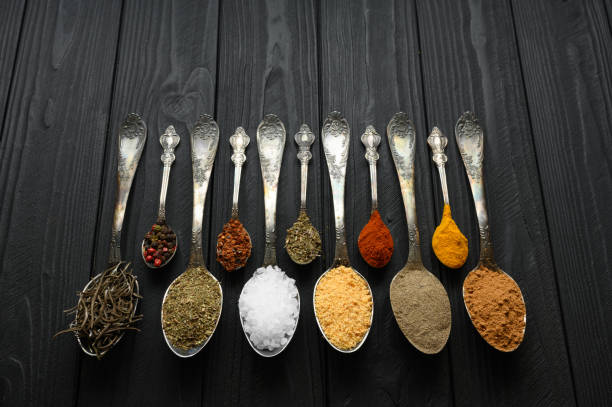

How To Grow Top-Shelf Marijuana
Growing true top-shelf cannabis isn’t about luck—it’s about control, precision, and a grower’s obsession with every detail from seed to cure. Anyone can grow cannabis, but not everyone can grow flower that’s dense, aromatic, perfectly cured, and dripping with trichomes. The difference lies in environment, genetics, experience, and respect for the plant.
The perfect environment is the foundation. Temperature, humidity, light spectrum, and airflow all interact to determine how a plant develops. Inconsistent conditions cause stress and slow growth; dialled-in rooms create consistency, potency, and bag appeal. Good growers control VPD (vapour pressure deficit), CO₂ levels, and airflow with surgical accuracy. The best setups mimic nature—but better—giving the plant everything it needs to thrive. It’s why so many professional cultivators work indoors or in hybrid greenhouses, where the climate can be perfected down to the decimal.
Genetics come next. You can’t create excellence from weak stock. Start with proven cultivars from reputable breeders, not random seeds or unverified clones. Stable genetics produce predictable structure, flowering times, and resin profiles. Elite growers hunt phenotypes like treasure, searching for that one plant that combines potency, structure, and nose. Once they find it, they preserve it through cloning and refine it over multiple runs.
Experience is what separates good from great. Every grow teaches you something new—how a strain drinks, how it handles stress, how it expresses under different lighting. Books and videos can’t teach intuition. You learn that by making mistakes, taking notes, and paying attention to how the plant responds. The best growers log every detail—feeding schedules, pH, EC, humidity, temperature—and adjust slowly over time. That’s how you go from a grower to a cultivator.
The canopy is where top-shelf flower truly forms. The upper buds, closest to the light, develop the most resin, the densest structure, and the loudest terpene profile. That’s why growers use topping, low-stress training, scrogging, and defoliation—to create an even canopy and push energy into those top colas. The lower buds, often called popcorn buds, don’t compare; they lack exposure and density. Master growers sometimes harvest the top first, letting the lower buds finish ripening for uniform results.
Then comes the craft—hand trimming. Machines might be faster, but they bruise trichomes and strip away terpenes. Hand trimming keeps the flower’s integrity intact. Every snip is deliberate, preserving potency and aesthetic. This is where care meets craftsmanship.
Drying and curing are the final tests of patience. Drying on the stem slows the process, preserving terpenes and structure. Curing in airtight jars over several weeks allows chlorophyll to break down naturally, enhancing smoothness and flavour. Rushing this process ruins great flower; doing it right elevates it to perfection. The curing process transforms raw buds into true top-shelf cannabis—the kind that burns evenly, tastes clean, and fills the room with pure aroma.
Here’s the truth: you can give ten growers the same clone, and they’ll each produce slightly different results. That’s the beauty of the craft—experience, environment, and instinct all shape the outcome. Real mastery is built on repetition and refinement.
Top-shelf cannabis isn’t about size or volume; it’s about precision, control, and love for the process. The best flower comes from growers who treat every step as art—from environment to genetics to cure.
And if you’re ready to take your growing to a legal and professional level, Canada’s personal and micro-cultivation licences under Health Canada allow individuals to grow their own medical cannabis safely and compliantly. GrowLegally helps Canadians navigate that process, from securing your medical authorization to setting up your licensed grow space. Learn more or start your licensing journey at GrowLegally.ca.
Previous Post
Next Post

Storing Medical Cannabis – Learn how to properly store your cannabis and keep its potency strong.
Go To Post
Before Acquiring Medical Marijuana, Here Are 2 Questions That Your Doctor Is Likely To Ask You (Plus a Bonus One!)
Go To Post

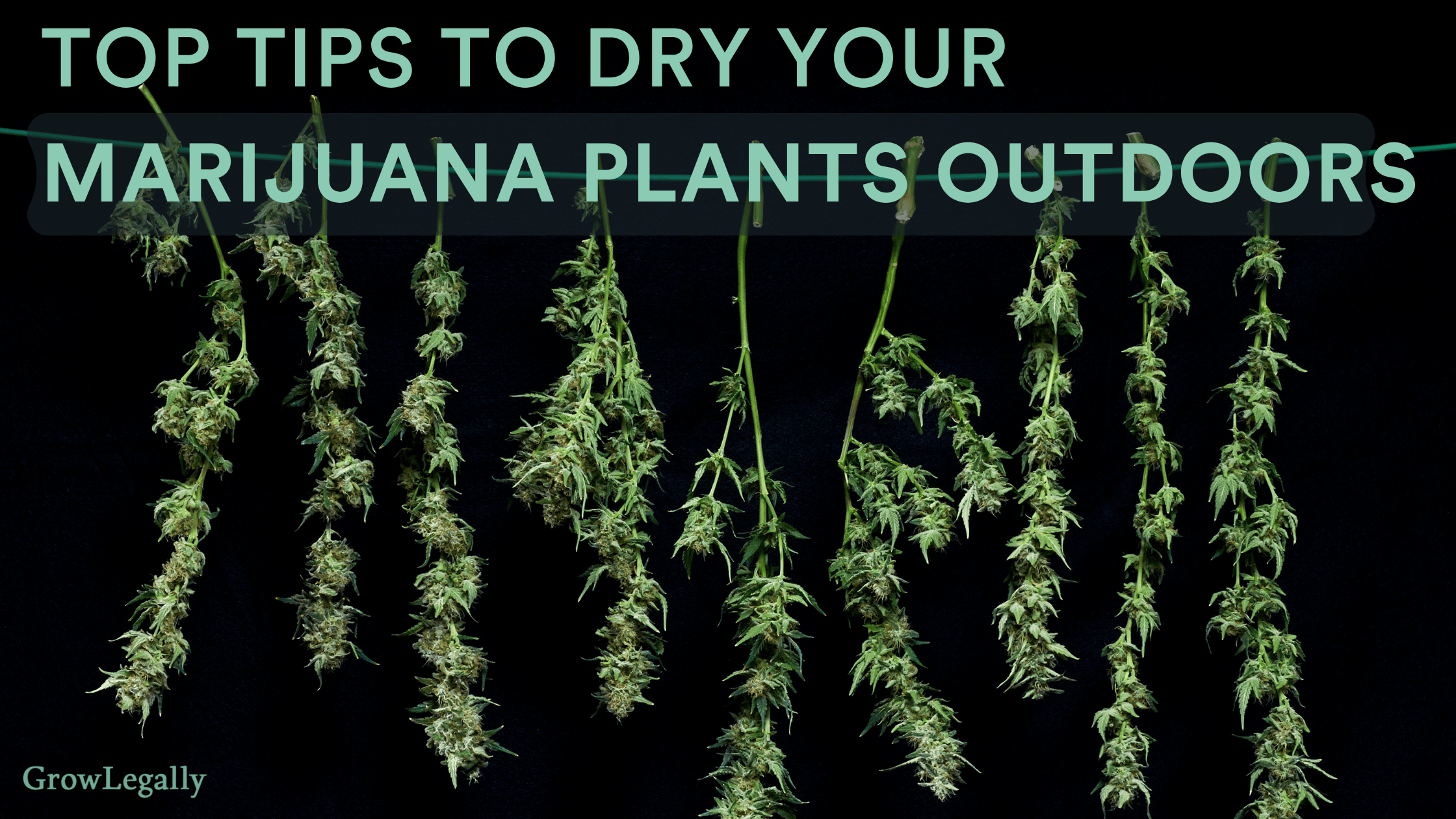

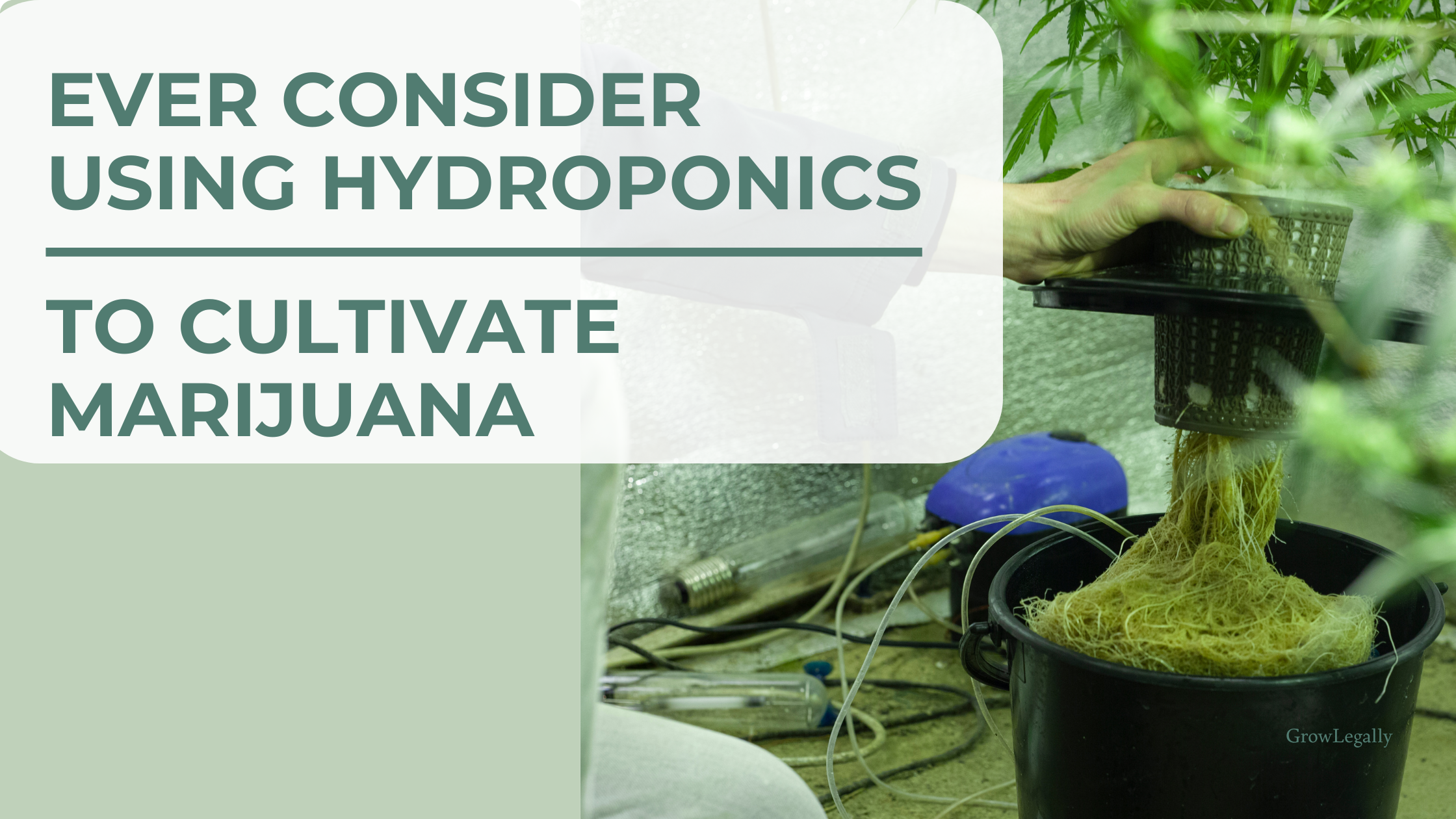
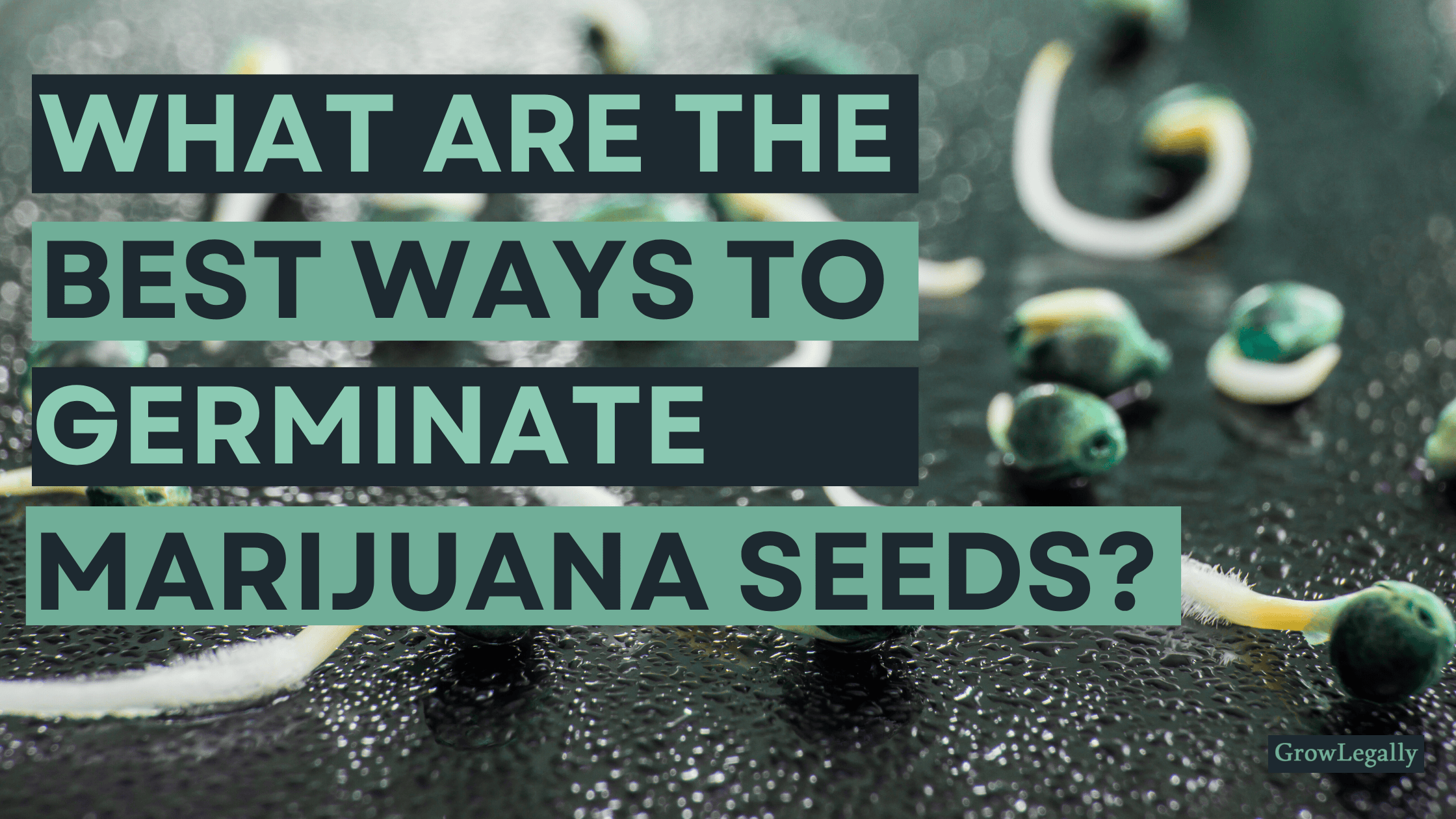
.png)







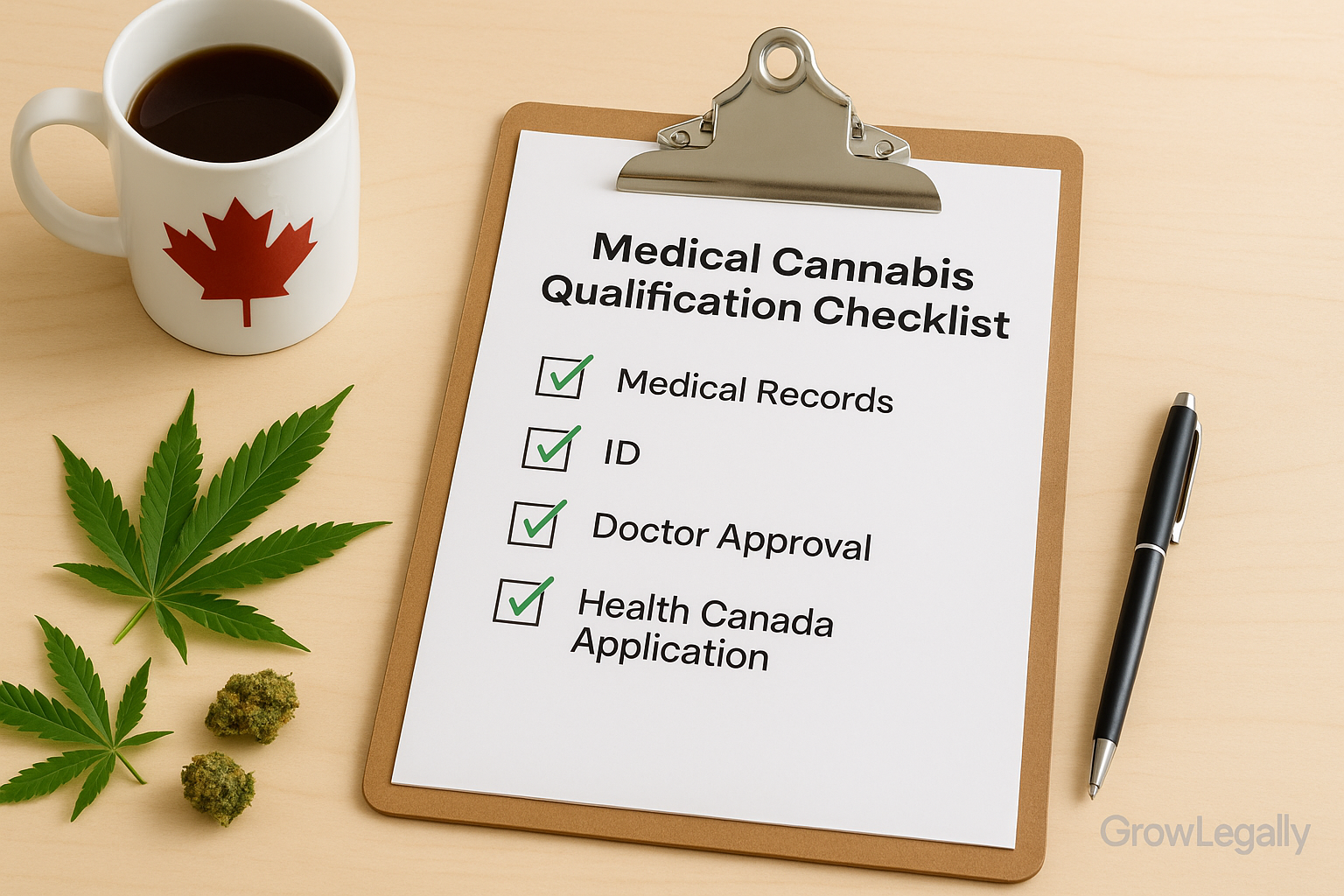
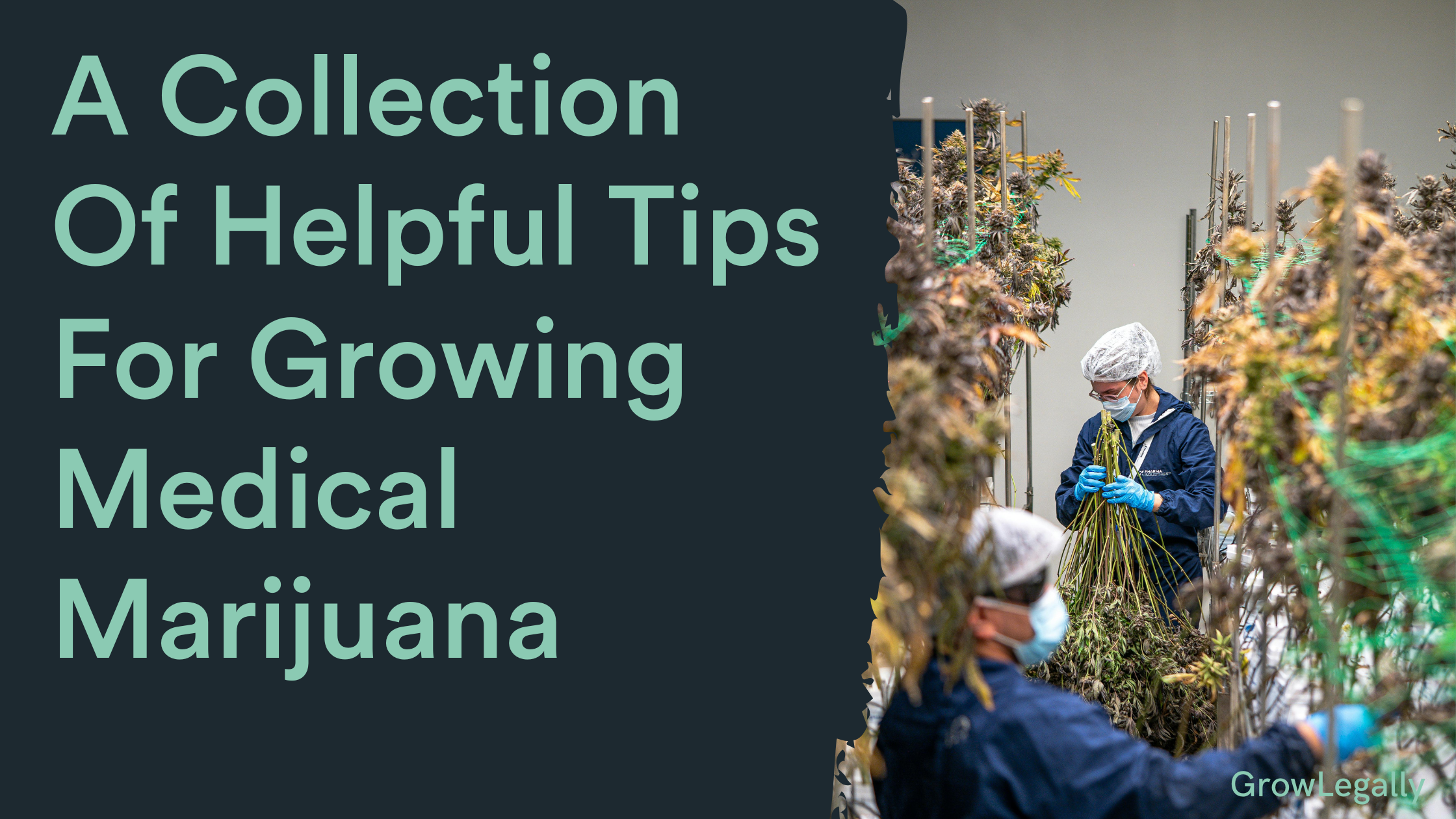

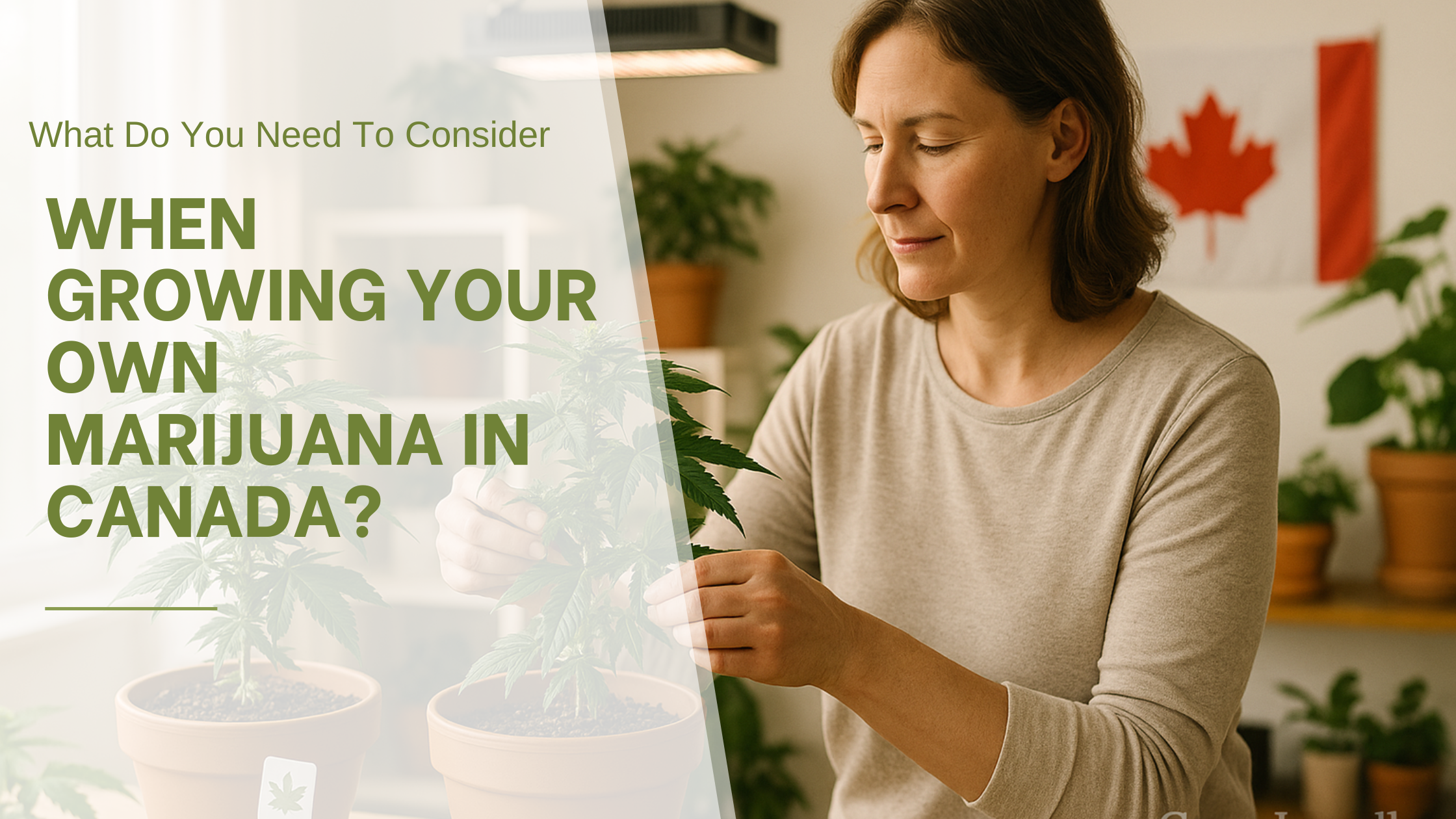


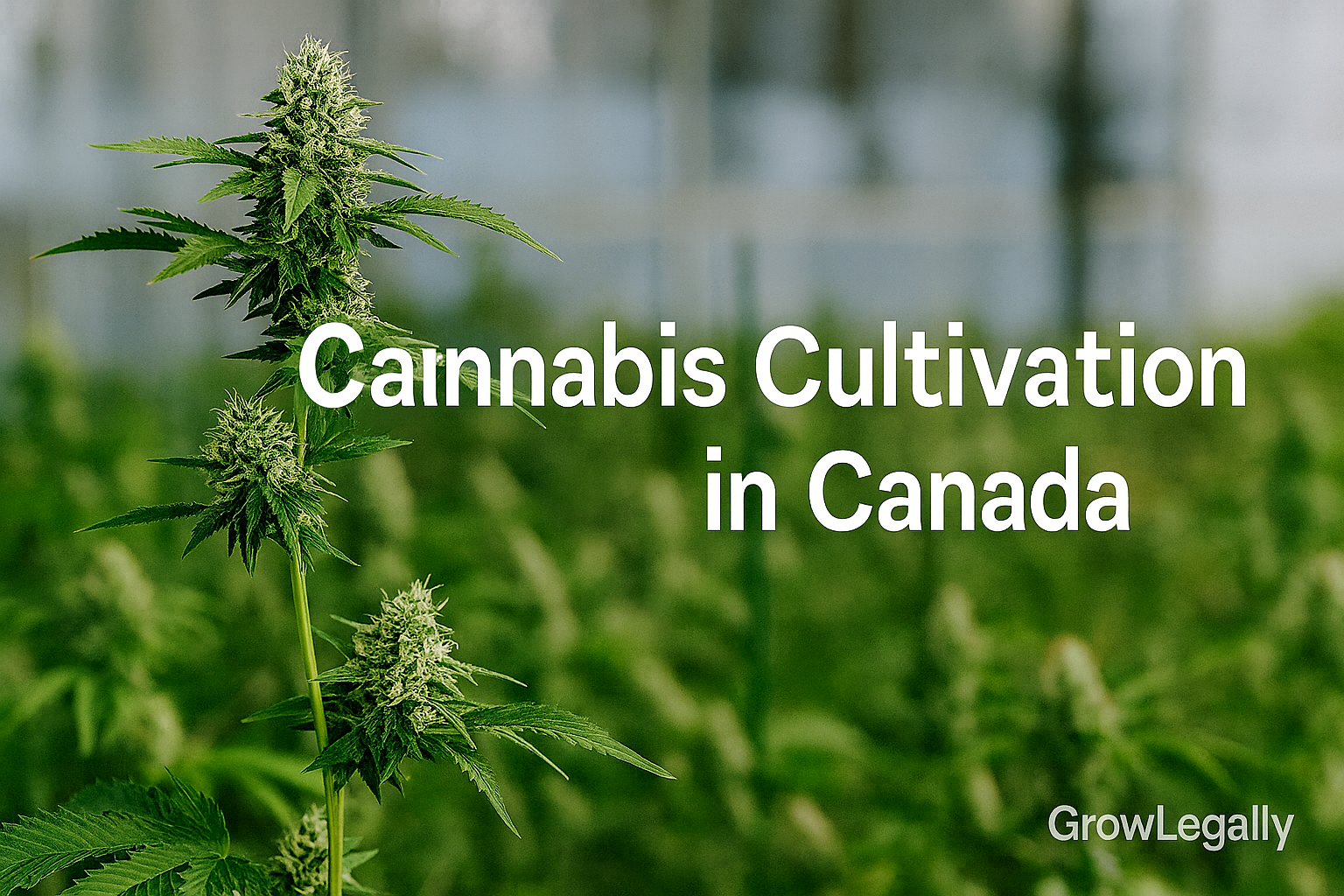
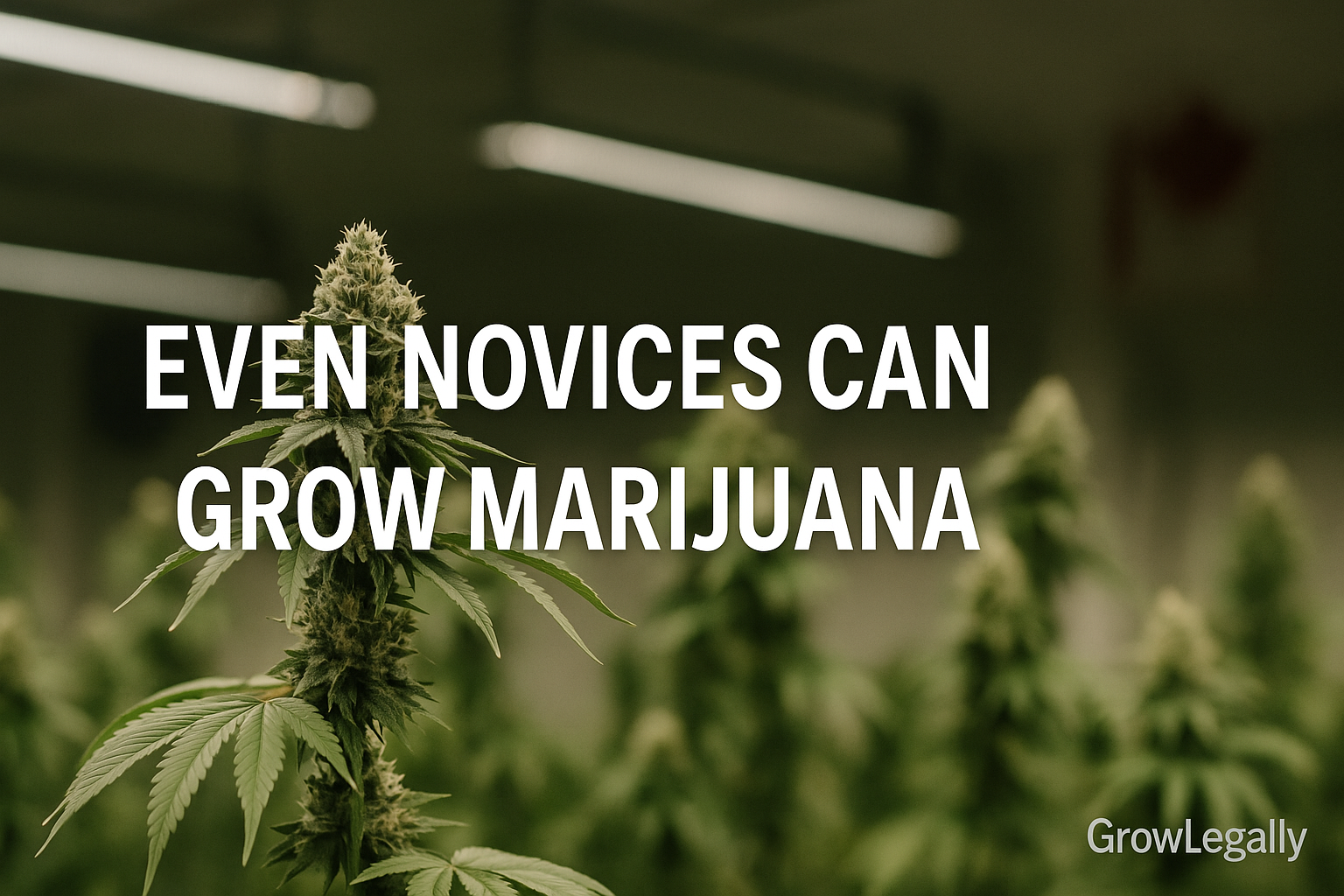




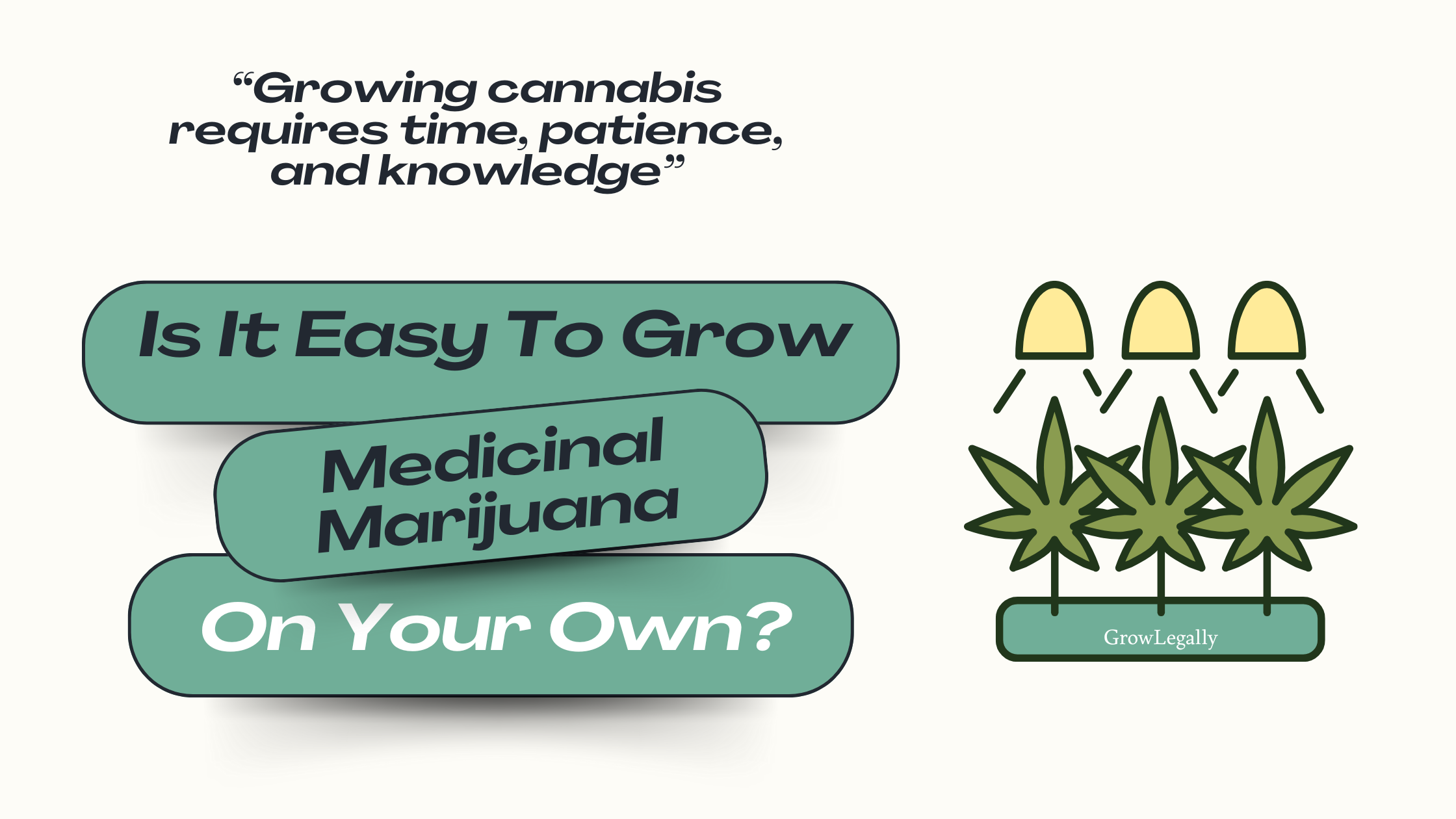






















.png)

















































.png)
















